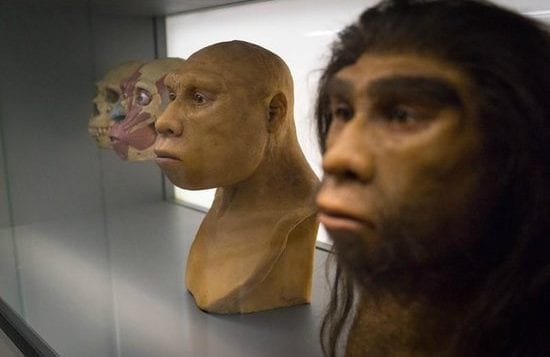Life Lines: What biologists learn about life
By Elof Axel Carlson
The life sciences are vast in the number of specialties that exist for those pursuing a career as a biologist. A majority of college biology majors are premedical or seek some sort of health-related field. As much as possible they hope the biology they learn will find its way into the health field they seek to enter. Persons who want to be scholars in biology are often motivated by a desire to know as much about life as they can. I was one of those from early childhood when a trip to the American Museum of Natural History was my idea of being in heaven.

I loved learning about evolution and the diversity of life. I knew I wanted to be a geneticist when I was in ninth grade and learned about Paul Müller’s Nobel Prize work on inducing mutations. Like a duckling, I felt imprinted and wanted to work with Müller someday.
Graduate work was different. As a teaching assistant I got to see about 90 different specimens each week for the various organ systems displayed by students. Unlike the textbook perfect illustrations, veins and arteries could be slightly off in the specimens I looked at. Their colors differed. Their texture differed.
I also learned how much we didn’t know about life. For my specialty of genetics (with Müller, as I had hoped) I felt steeped in experimental design, techniques and ways of thinking. Doing a Ph.D. allowed me to examine a gene using the tools of X-raying to produce mutations of a particular gene and subtle genetic design to combine pieces of a gene — taking it apart and combining pieces that were slightly different. It gave me an insight into that gene (dumpy, in fruit flies) that for a short time (until I published my work) I was the only person in the world that knew its structure.
In my career I have taught biology for majors, biology for nonscience majors, genetics, human genetics and the history of genetics. I have taught lower division and upper division courses, graduate courses and first-year medical classes. I learned that sharing new knowledge with students excited their imaginations. I learned that the human disorders I discussed led to office visits; and if I didn’t know the information they sought, I went with them to the medical library and we looked up articles in the Index Medicus and discussed their significance.
Often that student was married and had a child with a birth defect (born without a thyroid, having a family trait that might appear like cystic fibrosis). I would prepare a genetic pedigree and give it to the student to stick in a family bible for future generations to read. I also delighted in going to meetings to discuss genetics with colleagues whose work I had read.
I was pleased that I shared a body plan with other mammals. I liked comparative anatomy, which taught me how other body plans work (mollusks, arthropods, worms, coelenterates, echinoderms). As a graduate student taking a vertebrate biology course, I went into a cave and plucked hibernating bats from a ceiling.
The world under a microscope is very different. To see amoebas, ciliated protozoans, rotifers and other organisms invisible to the naked eye or as mere dust-like specks is a thrill. I can go back in time and imagine myself as a toddler, a newborn, an embryo in my mother’s uterus or an implanting blastocyst rolling out of her fallopian tube. I can imagine myself as a zygote, beginning my journey as a one-celled potential organism typing this article into a computer. I can go back in time to my prehistoric ancestors and trace my evolution back to the first cellular organism (bacteria-like) more than 3 billion years ago.
I learned, too, that I contain multitudes of ancestors who gave me one or more of their genes for the 20,000 I got from my father’s sperm and the matching 20,000 genes in my mother’s egg nucleus. I contain some 37 trillion (that is, 37,000,000,000,000) cells or 2 to the 45th power, which means some 45 mitotic cell divisions since I was a zygote. I know that the warmth of my body is largely a product of the mitochondrial organelles in my cells that using the oxygen from the air I breathe and converting small molecules of digested food to provide energy that runs the metabolism of my body and disposes carbon dioxide that eventually is expelled from my lungs. This knowledge makes me aware of my vulnerability at the cellular level, the chromosome level and the genetic level of my DNA to the agents around me that can lead to birth defects cancers, and a premature aging.
Knowing my biology allows me to know my risks as well as new ways to celebrate my life.
Elof Axel Carlson is a distinguished teaching professor emeritus in the Department of Biochemistry and Cell Biology at Stony Brook University.






